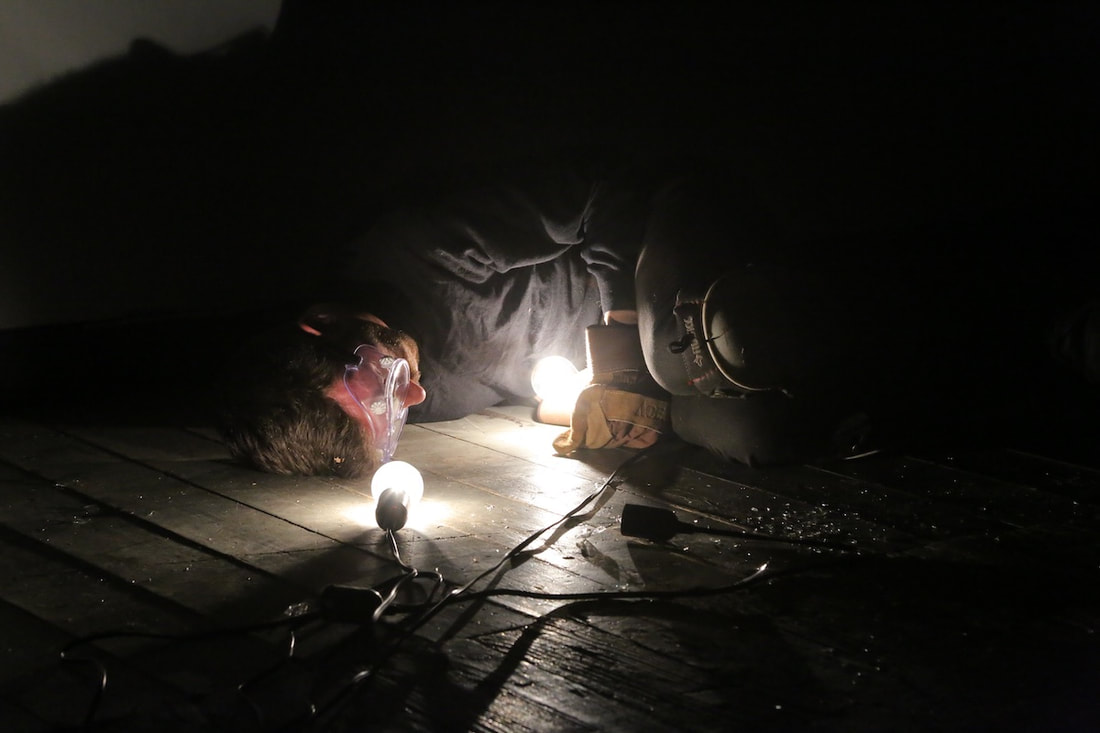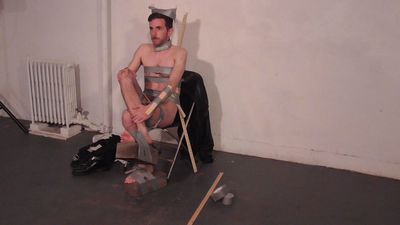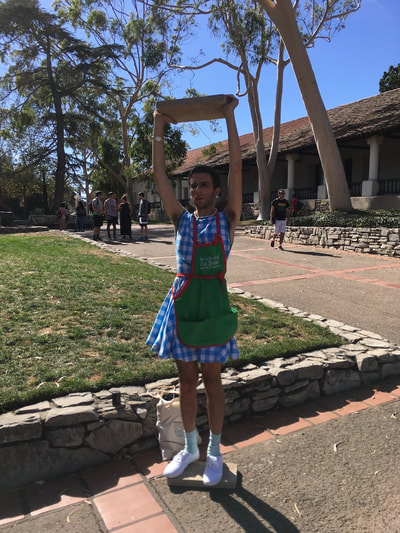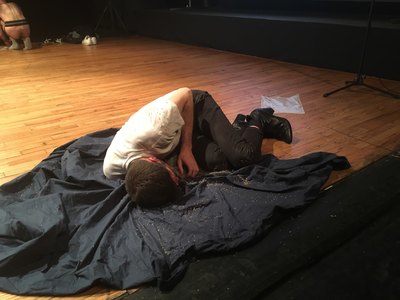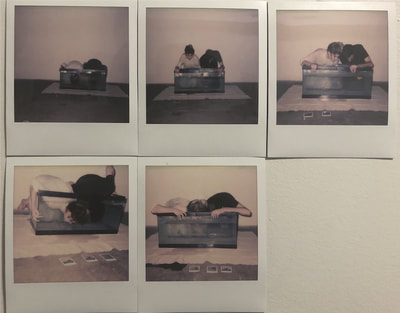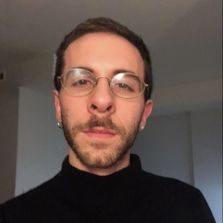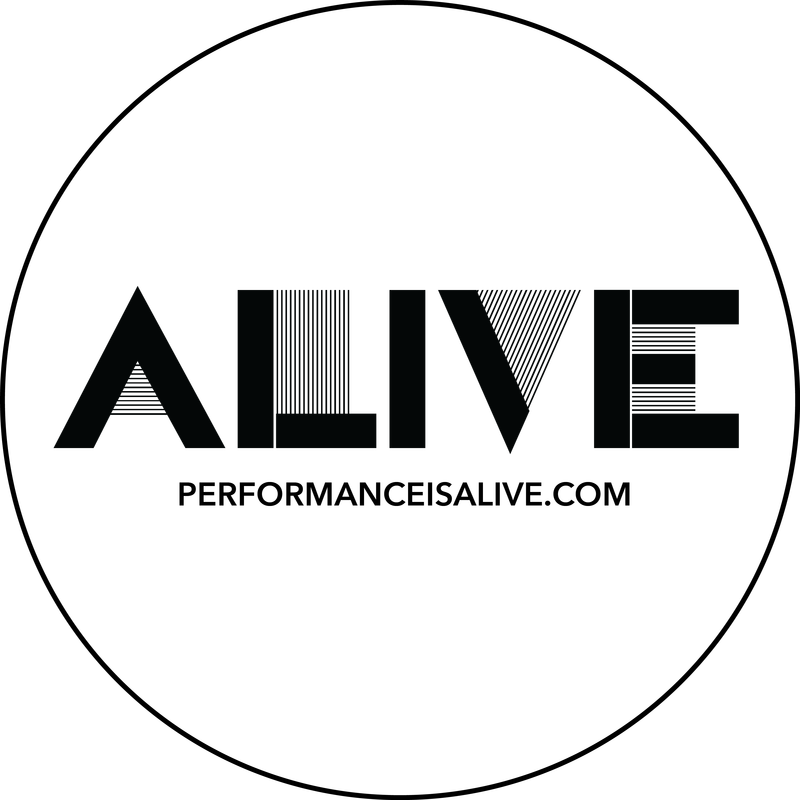|
Our community continues to grow with the addition of Luke Mannarino to our correspondence team. Luke is a Brooklyn-based performance artist, writer and facilitator with a curiosity for the human/technology relationship and passion for LGBTQ activism. We discussed the local performance community and subtlety of performance writing in our interview conversation here. Please help me welcome Luke to our global community! I hope you enjoy learning about Luke's live art perspective. - Quinn QUINN DUKES: What led you to your performance practice? LUKE MANNARINO: Performance was always a curiosity of mine, and became more realized when I was in school. I studied in the Studio for Interrelated Media (SIM) department at Mass College of Art where eventually performance became the only way I felt able to communicate through art making. I was also lucky to be studying and collaborating alongside others as well who were also exploring performance and we were able to educate and push each other through experimentation. QD: What do you strive to express through performance? LM: My work is based around experiences, and trying to process them through performance. A lot of the ideas are around my queerness, intimacy, technology, and isolation to name a few things I have been thinking about. As someone once said “I only know my body and my experiences”, but I like to hope that humans share these experiences and can feel okay to bring themselves in as a part of the audience. I slow down and want them to as well. QD: Does live performance speak a different language than other art forms? Is it different as a viewer versus performer? LM: When watching a performance you are witnessing a body. Often these bodies are being pushed to physical and emotional limits. You can view a painting of a body, a photograph, or film, but nothing compares to a body 10 feet away from you. Performance reminds us of our own mortality, fragility, and strength. We see these bodies and think of our own and what we can and cannot do. Often times I am not just viewing but feeling, the experience is felt, heard, and smelled. When I perform this sense of awareness of myself kicks in on a physical and spiritual level. I become fully present and aware of my body. The only difference between performing and viewing is just the proximity to the experience, where the performer is immersed in the experience and the audience is only imagining their body in the experience they witness. QD: Is it possible to depict these nuances through writing? LM: When writing about performance you have a responsibility as a documenter. But your writing must go beyond what the camera cannot pickup. Was the space hot or cold? Was there a subtle sound/movement/gesture that the photograph did not capture? Did the fact the space smelled like a new office, wet soil, or sweat enhance the experience? These details are often really important to ephemeral works, and I think should be noted. Ultimately documentation of performance is apples and oranges, because being present for the actual thing will never compare. QD: What are your favorite topics to write about? LM: I like to write about the people and things that inspire me to go beyond myself, and that remind me of how we can always learn more. I think it’s important to also write about things that are overlooked, and to be documenting narratives and stories that need to be told and heard. The actual topic is flexible. Like my art practice, I think the internet and social media has changed how we view the real world so I will write about that sometimes. LGBTQ issues also are close to me as well. But overall I love learning, and want to use any powers I have to lift up others whose voices need to also be heard. QD: Do you envision an overlay of these topics with your future pieces for Performance Is Alive? LM: Yes, definitely. Hope you all like learning too. QD: What are you currently reading? LM: Current events. Also just a lot of social media. Friends who post essays with their Instagram pictures and forums where LGBTQ folks fight, commiserate, and encourage each other through the horrors and wonders of dating apps. Otherwise I am listening to podcasts like The Conversation and Nancy. Haven’t found a book I could really stick to lately, but I was reading “Black Transparency: The Right to Know in the Age of Mass Surveillance.” QD: How long have you lived in NYC? LM: Three years. QD: What has your experience within the NYC performance community been like thus far? LM: Diverse. Boston where I came from last was a much smaller scene and took performance seriously. Here it can be serious as well, but also poignant, wild, and invisible. It is also much harder to see everything and support everyone because of the nature of the city. But after three years I do feel a lot of love. QD: Can you recall a recent performance viewing experience that felt particularly powerful? LM: Rina Espiritu. It takes a lot of courage to go into dialogue with an organizer about their racist actions and associations before an audience. When an honest conversation about accountability is like watching our current political situation in our own backyard. You just can’t make this shit up. Will be writing about it soon. QD: Care to share a few artists that inspire you? LM: I love Adrian Piper, Vito Acconci, and Tau Lewis. Zackary Drucker’s videos and Sarah Hill are my queer performance staples. A new artist for me is Wong Ping, his fables at New Museum are so real it hurts. QD: You curate as well, correct? Any upcoming events or performances we should know about? LM: I like facilitator, but trying to do more again anyways. Have not done any since living here. Working on a show that needs money to bring who I want altogether in one place. Also hoping to get a performance critique group together where people can get feedback or work through their process. Baby steps. LUKE MANNARINO
|
CONTRIBUTORSIan Deleón Archives
July 2023
|
|
MISSION // Based in Brooklyn, NYC, PERFORMANCE IS ALIVE is an online platform featuring the work and words of current performance art practitioners. Through interviews, reviews, artists features, sponsorship and curatorial projects, we aim to support the performance community while offering an access point to the performance curious.
Performance Is Alive is a fiscally sponsored project of Fractured Atlas, a 501(c)(3) charity. Contributions made payable to Fractured Atlas for the purposes of Performance Is Alive are tax-deductible to the extent permitted by law. |
